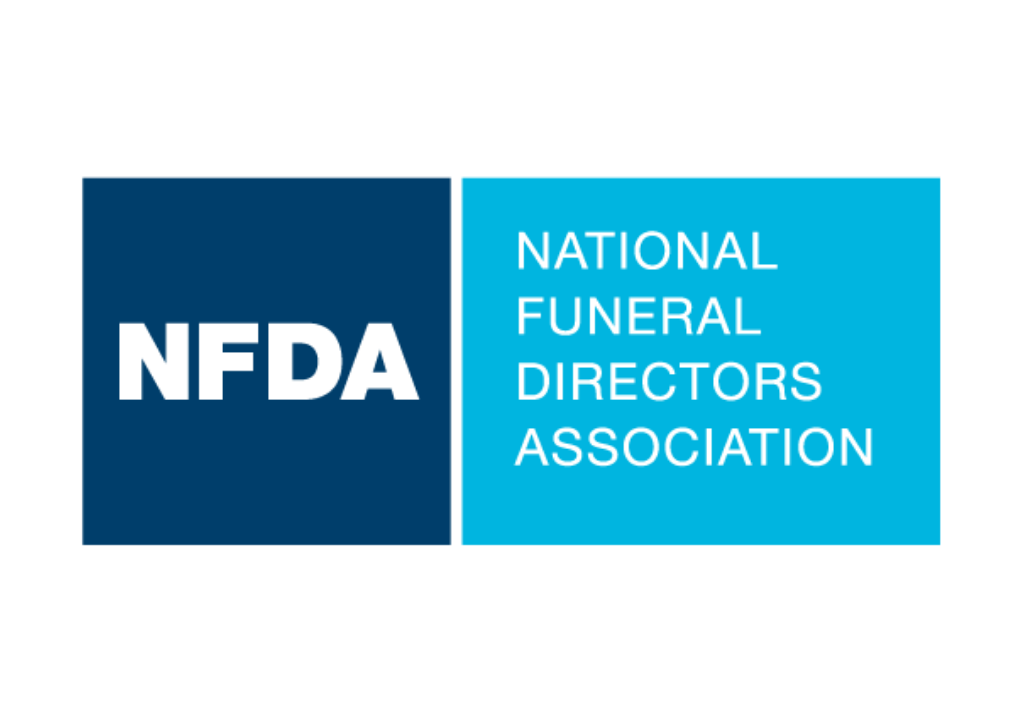NFDA Special Advocacy Bulletin: US EPA Finds Formaldehyde Used for Embalming is NOT Regulated Under the Toxic Substances Control Act
Major Victory for NFDA and Funeral Service
NFDA to host free member webinar on March 27 about the draft risk assessment.
[On Friday, March 15] the U.S. Environmental Protection Agency (EPA) released its draft of its determination of the health and environmental risks of formaldehyde under the Toxic Substances Control Act (TSCA) for comment and peer review. NFDA and funeral service secured a major victory when the draft risk assessment indicated that formaldehyde used for embalming would not be subject to regulations under TSCA. NFDA will offer further details to the profession about the EPA draft risk assessment, its implications and next steps during a webinar on March 27.
Over the past five years NFDA has worked with its experts, industry leaders, and the EPA itself on this review. These tireless efforts spearheaded by NFDA’s Senior Vice President of Advocacy, Lesley Witter, have spent countless hours researching data, analyzing EPA reports and opinions, and working with subject matter experts, all to make sure that the data and information related to funeral service and its use of formaldehyde was up to date and accurate.
NFDA even conducted its own study of formaldehyde exposure published in the peer reviewed Journal of Occupational and Environmental Hygiene which showed that the level of exposure to formaldehyde for funeral directors and embalmers is less than current exposure limits (https://nfda.org/news/in-the-news/nfda-news/id/6449/landmark-nfda-study-on-formaldehyde-exposure-published-in-scientific-journal).
In this evaluation, the EPA evaluated the risks that arise from the production and use of products that are subject to TSCA – as opposed to exposures from those products that are excluded from TSCA, such as pesticides. The EPA can use these findings to determine if additional regulation and restrictions on formaldehyde and its uses are required.
The EPA found that there was risk of exposure to formaldehyde for some workers, from consumer products, and even in our homes (building products and furniture can release formaldehyde when newly formulated). The EPA admitted, however, there were uncertainties in some of its findings.
Most importantly to funeral service, the EPA found that TSCA excludes from the definition of “chemical substance” “any pesticide” as defined in the Federal Insecticide, Fungicide, and Rodenticide Act (FIFRA). Under FIFRA, mortuary science products intended for preservation of biological specimens are considered pesticides. Thus, embalming fluids used in mortuaries, laboratories, hospitals, and institutions of learning meet the definition of “pesticide” and are therefore excluded from the TSCA when manufactured, processed, or distributed in commerce for these uses.
However, there is still work to be done. This finding does not ensure that there won’t be repercussions for funeral service. EPA has previously issued a determination that all uses of formaldehyde constitute an “unreasonable risk,” which may trigger regulations under various laws overseen by EPA and other agencies. For example, TSCA also requires EPA to coordinate, provide exposure data, and report on “exposures or releases of a chemical substance or mixture that may be prevented or reduced under another Federal law.”
Excluding funeral service from the scope does not provide any protection for the upstream and intermediate uses of formaldehyde, which may be subject to bans or unachievable standards, with a corresponding negative impact on cost or availability of formaldehyde-based embalming products (including imports). Other bodies, including other parts of EPA or OSHA or state agencies, may use the EPA determinations by the EPA here and its accompanying unachievable draft workplace levels as the basis for regulatory or enforcement actions in funeral service.
It is important to note that this is only a draft and is subject to further review and revision. However, the finding issued by the EPA that embalming fluids are not subject to TSCA appears to be one of a matter of law by the Agency’s attorneys, thus presumedly reducing the chances that it is rescinded or revised.
The draft risk evaluation will be reviewed by stakeholders and the EPA’s Science Advisory Committee on Chemicals and a final evaluation is expected to be published in the future, but the timing is unknown.
For more information on NFDA’s efforts, the EPA’s review, and formaldehyde best practices management please visit the NFDA website.




